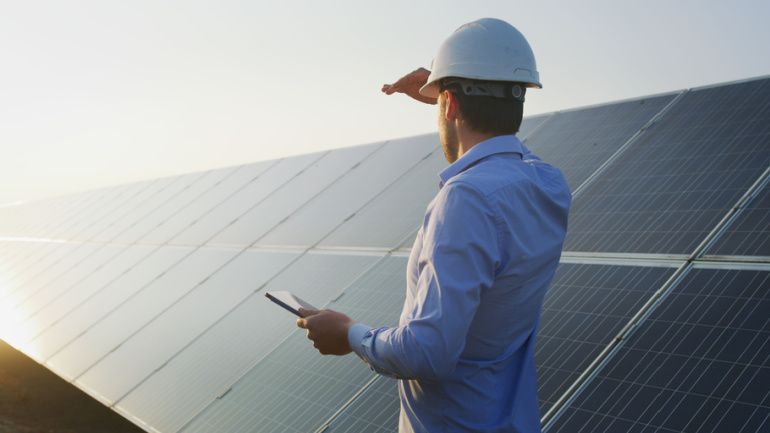
Ericsson has unveiled a novel battery and solar-powered proof-of-concept 5G site in Plano, Texas. This energy-smart network solution seamlessly couples energy-efficient technology with renewable energy sources, aligning with both the company’s own sustainability commitments and those of its clients. The site stands as a strong example of how operators can leverage renewable energy to not only power their base stations but also carve out new revenue avenues by selling back surplus generated electricity.
Leveraging solar energy and integrated Lithium-ion batteries, this eco-friendly site can operate up to 24 hours. It also features sophisticated energy-management tools. Among these tools offer capabilities for load shifting, demand response, as well as peak shaving. For telecom companies aiming for better energy management, this could drastically cut down energy consumption and costs. For instance, the site is designed to exploit the best electricity prices, charging the battery when rates dwindle.
A Principal Analyst at Global Data, Ed Gubbins, applauded Ericsson’s initiative, emphasizing, “Mobile operators increasingly need to reduce the energy consumption and carbon emissions of their base stations without sacrificing network coverage or the quality of the user experience.” Ericsson’s hybrid energy solutions, he says, are geared towards helping operators rule costs and maximize profitability, particularly in rural or remote areas with lower traffic volumes and thus, a greater need for efficient power.
As energy costs soar, adopting sustainable solutions has become as much of a financial necessity for telcos as it is environmentally conscious. The Vodafone example is a case in point. The European operator recently inked a Power Purchase Agreement for solar energy with Iberdrola to mitigate its increasing energy costs. It is pertinent to note that Vodafone’s total electricity bill rose to an exorbitant €1.2 billion last fiscal year from €800 million the previous year.
Ericsson’s announcement takes a step beyond reducing costs and emissions. The company suggests that by harmoniously orchestrating multiple energy sources and storage technologies, operators could trim back on operational expenses related to energy costs, pave the way for future revenue streams from utility companies and help meet Net Zero goals.
The telecom giant will continue to explore more green energy alternatives to diesel like hydrogen-based generators in the next phase of the project. It also intends to investigate interoperability with power grid vendors and the likelihood of selling back power.
This is a clear testament to how Ericsson is leaving no stone unturned to tick all the boxes with this new 5G concept site. The only question that remains now is when and how telecom companies across the globe will embrace this green model and on what scale.




